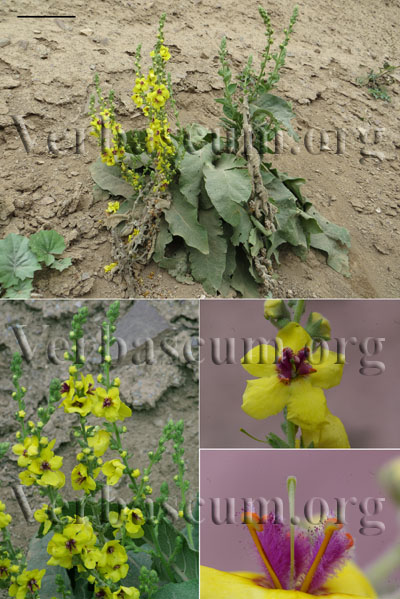Dr Weil, in Natural Health, Natural Medicine, recommends tincture of mullein to relieve chest congestion and dry, bronchial coughs. He also states that the plant has no known toxicity. So it is a remedy I feel confident using with my family. Whenever my adolescent daughter gets a cold or flu, it seems to settle in her chest as a cough. This year we have treated the coughs with mullein tincture and the symptoms diminished quickly. Mullein is a beautiful biennial plant that grows wild in the Eastern US. In present-day herbal medicine its primary form is as a tincture. Historically, Native Americans smoked dried mullein and colts foot cigarettes as a remedy for asthma and bronchitis. If used as a tea, it should be well-strained because the small hairs of this fuzzy plant can be irritating. (Source: medicinal-herbs, Henriette Kress, 2005)
The favorite remedy for pulmonary tuberculosis in Ireland throughout recorded history and doubtless long before, known from virtually every part of that country, has been to boil the woolly leaves of Verbascum thapsus in milk, strain the thick,mucilaginous liquid produced by that and then drink it warm, twice daily. So valued has this plant been there both for that and for coughs and colds more generally, sore throats, catarrh, bronchitis and asthma that it was formerly often grown in cottage gardens, sometimes on a considerable scale. Advertisements were placed in newspapers, offering it for sale, and it was available even in the best chemists’ shops in Dublin.
Though species of Verbascum have been used for lung and chest complaints over much of Europe at least since Classical times, very curiously that heavy Irish use is not matched in the records from elsewhere in the British Isles. Such English ones as have been traced are all from the south-east and it would appear not even to have been a member at all of the Welsh
or Scottish folk repertories.
In so far as great mullein has had additional, minor uses, the records are again Irish almost wholly. In unspecified parts of Ulster a decoction has been taken for diarrhoea and, mixed with other herbs, for cramp and for liver and kidney ailments, while a leaf roasted between dock leaves and moistened with spittle has been a treatment for boils. The leaves have also predictably found favour as a poultice: in parts of Ireland for ‘running sores’, in Meath for bee stings99 and in Westmeath for goitre. In Kerry, though, it was the water in which the plant had been boiled that was rubbed into the body to ease doctor-resistant ‘pains’ (a word most often denoting rheumatism in the rural areas of Ireland). (Source: Medicinal plants in folk tradition : an ethnobotany of Britain & Ireland / David E. Allen and Gabrielle Hatfield., 2004)


